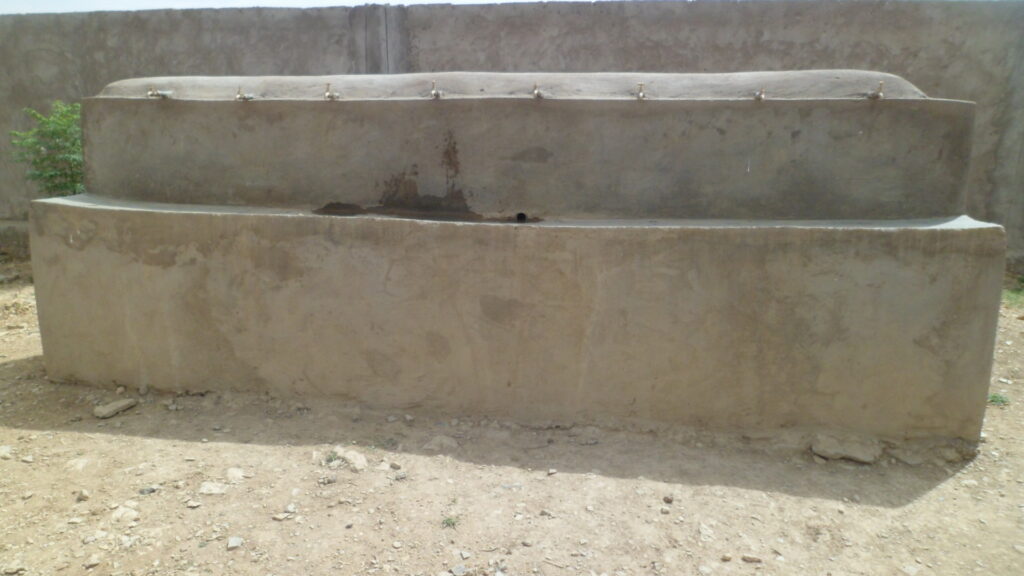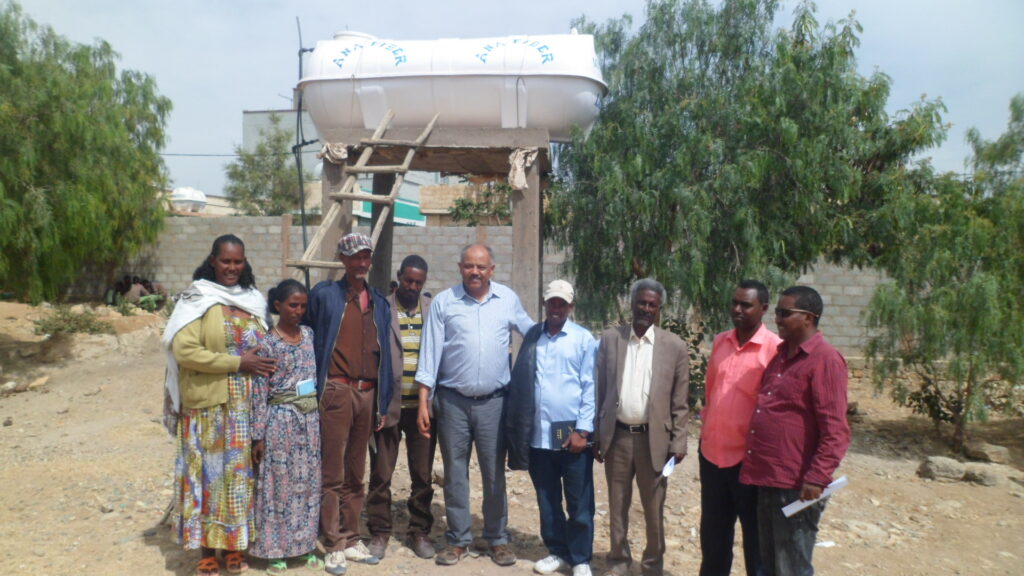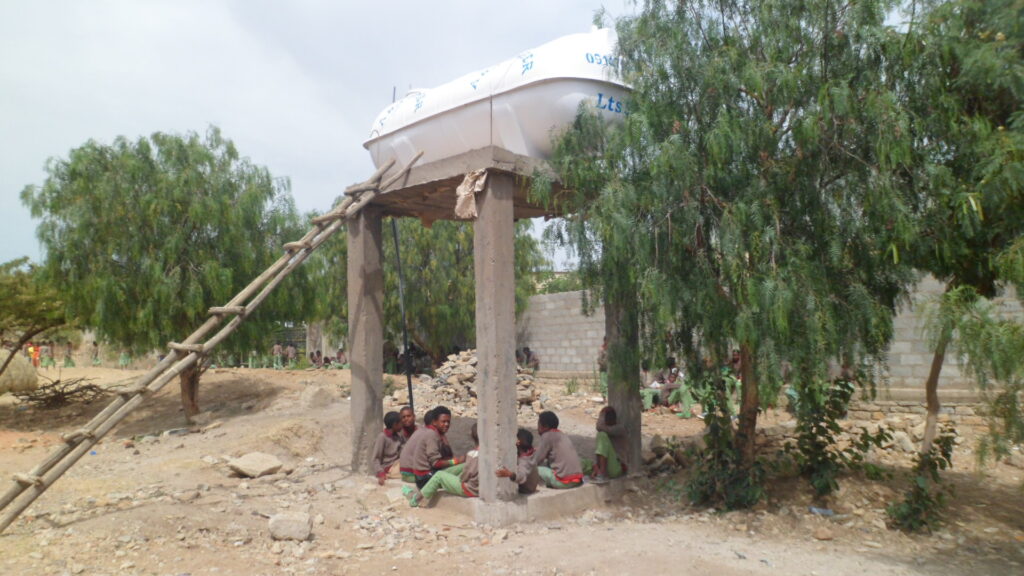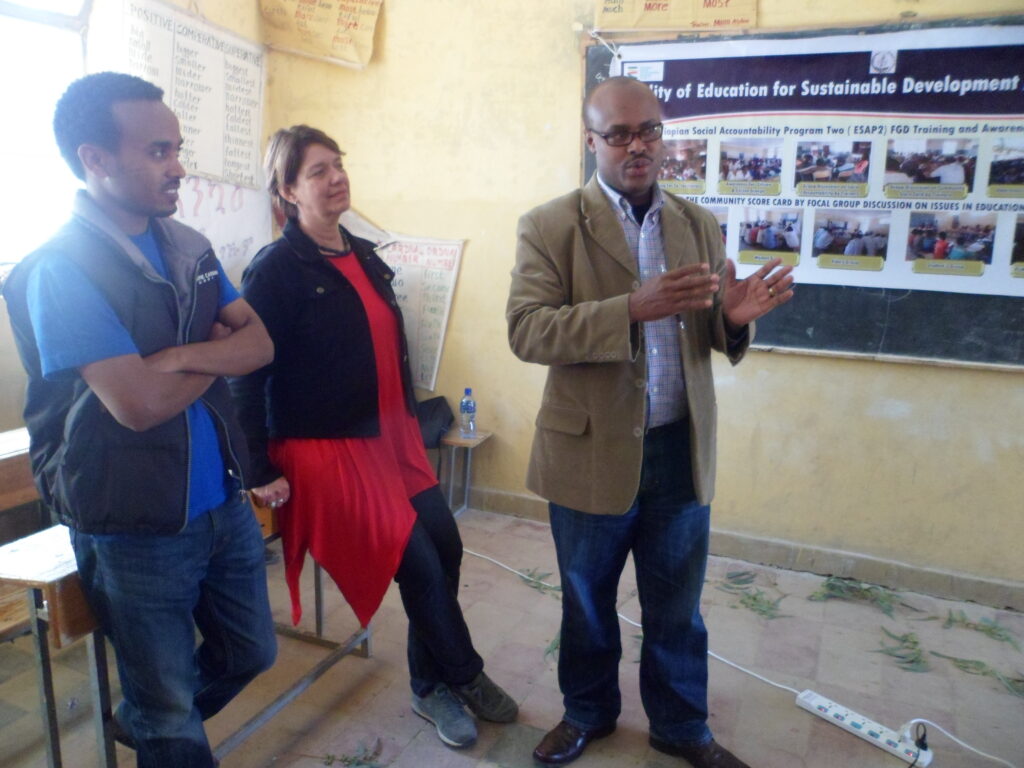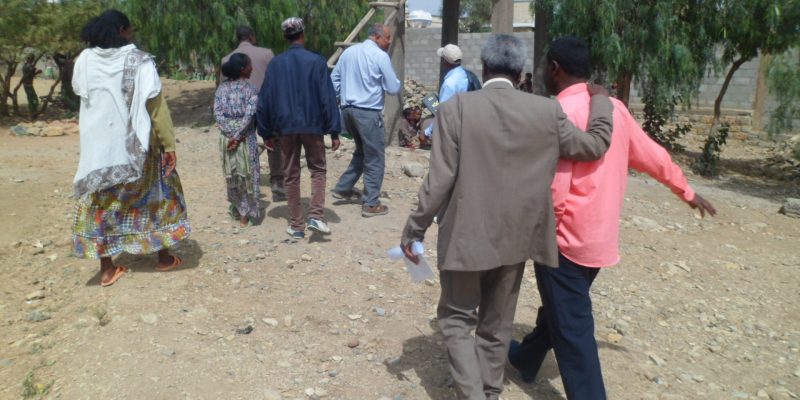
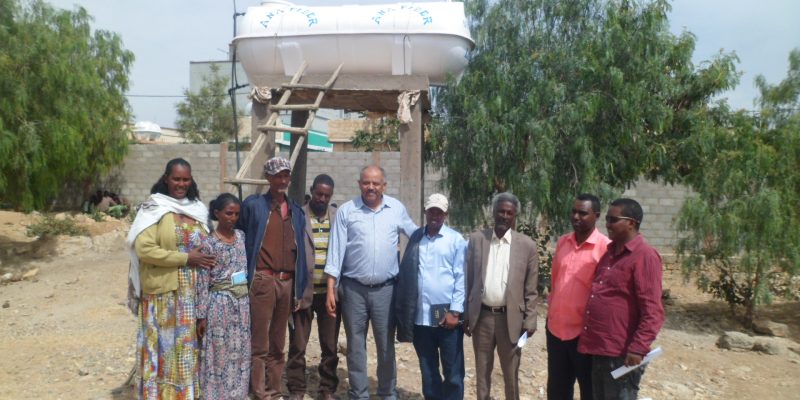

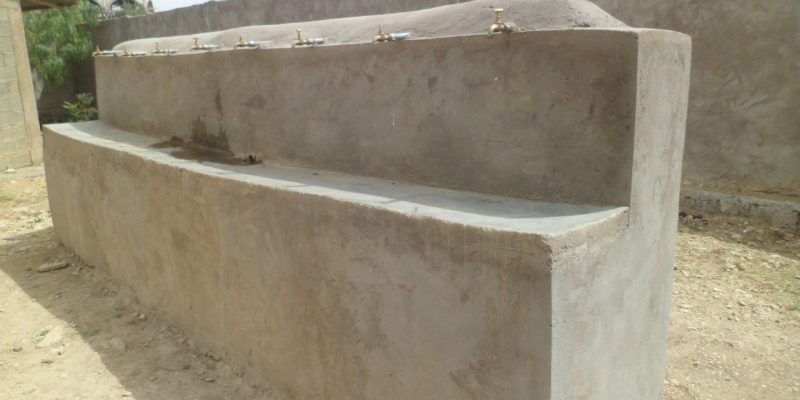
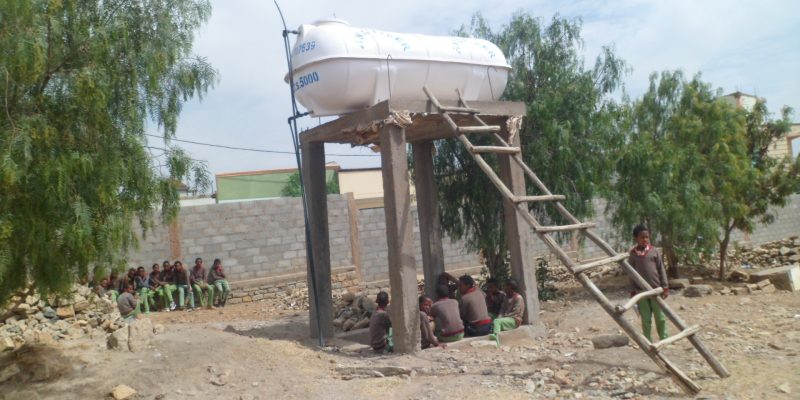
WASH in School
QESDO works to WASH in school for long time.

QESDO working on School Water Supply, Sanitation and Hygiene (WASH) Facilities is a Priority. Schools are a learning environment for children. It is in schools that children gain knowledge that influence, stimulate changes in their attitude and practice and develop life skills. One of the key school facilities that provide such changes are water supply, sanitation and hygiene (WASH) facilities that children use daily. School children in many ways are seen as agents of change to the communities, and this is true particularly in the use and management of water supply and sanitation facilities, and this has paramount significance; first these changes are brought within their schools, and then at homes and finally in their communities they live in. More importantly the acquaintance with the technologies, the proper use of water supply and sanitation facilities in schools, and the promotion of hygiene practices among school children have a great deal of influence first on the quality of education delivered to school children and secondly in bringing the technologies and the changes required by the communities through school children - an important strategy to bring social change.
As a matter of fact, the existing sanitation condition for many of the school in Ethiopia is horrendous. Most school latrines are filthy and unclean, and the poor condition is contributing to high level disease prevalence, creates poor learning environments and especially impacting on girls’ education. There are two major causes to these problems. Firstly, about 30% of the schools in Ethiopia do not have any water supply or toilet facilities for sanitation and hygiene at all, and schools with toilets do not have hand washing facilities. Where these facilities exist, they may be poorly designed and constructed or may not have sufficient water for hand washing. Secondly toilets are not managed properly and many school toilets are filthy and unusable and school children often resort to open defecation. In many cases, the toilets are locked to avoid having to keep them clean .
WASH in School
Some of the diseases observed among school children are water born diseases such as diarrhea, typhoid, hepatitis A, and water washed diseases such as diarrhea/amebic dysentery, trachoma, scabies/skin infections. It is caused by poor hygiene and spread by any route which permits faecal material to pass into the mouth. In a recent review and study conducted on the impact of washing hands with soap on the risk of diarrhea, Curtis and Cairncross (2003) found that washing hands with soap can reduce the risk of diarrhea by 42 to 47 percent. This same study highlighted that hand washing is also important in the prevention of acute respiratory infections.
Poor design and construction, and management of school facilities are the causes to many of the problems such as filthy conditions, damages to structures, spread of diseases, and makes management difficult. In some cases, there are not enough toilets for the number of students which results in overflow of the toilets. As a result many are abandoned without adequate use – a colossal waste of scarce resources. Others cannot be emptied without demolishing most of the superstructure. The result is full and overflowing pits and they are dangerous to use them. Some toilets are so dark inside that younger students are too scared to enter. In some cases, girls do not want to use the toilets because they do not provide the level of privacy and security they need.
Appropriate design; proper sitting, adequate number of latrines coupled with the provision of water and promotion of hygiene, have a great influence first on the health of school children and secondly on improved hygienic services, increased enrollment of children and the quality of education received, especially for girls. This rule is supported by a mass of evidence from around the world. In Ethiopia, there are evidences for high dropouts particularly among girls due to the lack of proper sanitation and hygiene facilities in schools.
The investment in water supply and sanitation facilities in schools has multipurpose objectives. Standardized water supply and sanitary facilities and associated technologies introduced to schools can act as a practical demonstration for learning the different facilities and their use. Their teachers can function as models in the proper use and management of WASH facilities. School Children will learn, bring about behavioral change, and in turn educate their families and relatives when they return home. In the absence of facilities that does not provide sustainable services, children would be unable to learn the proper life skills children need to learn and their schools could become risky places; diseases could outbreak and affect the health of school children and even transmit to their families and the community at large. It is therefore important as a priority that schools water and sanitation facilities have to have properly designed, constructed WASH facilities that deliver uninterrupted service.

Background
As a non-governmental organization based in Tigray, Ethiopia. QESDO operates primarily in the areas of education, health, and protection to improve the lives of individuals and communities.
Vision
QESDO wants to see inventive and innovative society through ensuring quality accessible and inclusive education at all levels.
Mission
QESDO exists to contribute to the promotion of sustainable economic development through promoting quality education, school health ,research ,gender equality ,advocacy and capacity building training for adults, youths PSTA, teachers ,directors ,student and community in rural and urban areas of Tigray and Afar region.
Values
we QESDO value to transparency ,accountability , equality ,inclusiveness ,integrity , honest and fairness.

